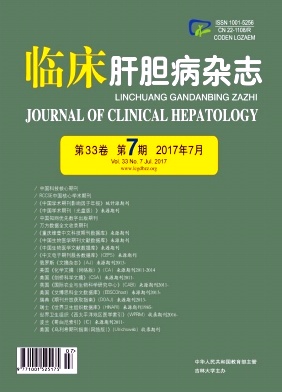Objective To investigate the application of a modified diagnostic scale in the diagnosis of acute drug-induced liver injury (DILI) .Methods A total of 82 patients with acute DILI who were treated in Beijing You An Hospital, Capital Medical University from January 2011 to December 2015 were enrolled, among whom 52 were enrolled in DILI group and 30 were enrolled in non-DILI group.On the basis of Roussel Uclaf Causality Assessment Method (RUCAM) scale and with reference to Digestive Disease Week Japan scale, three parameters, i.e., “report of liver injury induced by single Chinese materia medica or Chinese patent medicine”, “eosinophil count”, and “drug lymphocyte stimulation test based on Cell Counting Kit-8”, were added to establish a modified diagnostic scale.The RUCAM scale and the modified diagnostic scale were used to evaluate each suspected drug to verify the sensitivity and specificity of this new scale in the diagnosis of DILI.The chi-square test was used for comparison of categorical data between groups.Results There were 75 suspected drugs in the DILI group and 41 suspected drugs in the non-DILI group.Compared with the RUCAM scale, the modified diagnostic scale increased the number of drugs evaluated as “highly probable” and “probable” from 74.7% to 94.7% (χ2=11.554, P=0.001) in the DILI group.In the non-DILI group, only 2 drugs (4.9%) were changed from“possible”to“probable”, and the other drugs were maintained as “possible”, “unlikely”, or“excluded”;the specificity of diagnosis was reduced from 100% to 95.1% (χ2=0.512, P=0.474) .Conclusion Compared with the RUCAM scale, this modified diagnostic scale has an increased sensitivity and a reduced specificity of diagnosis and needs to be further validated in clinical practice.













 DownLoad:
DownLoad: